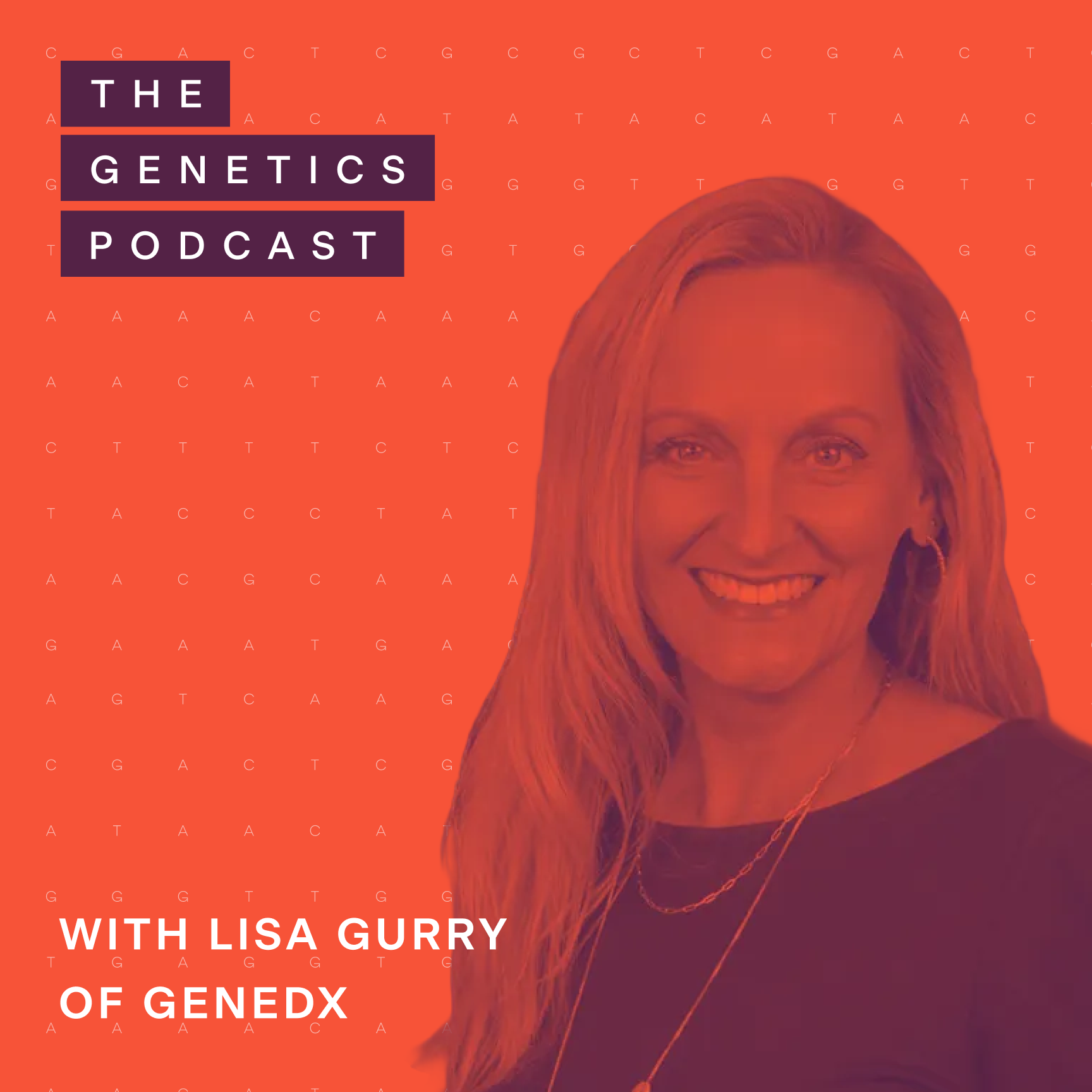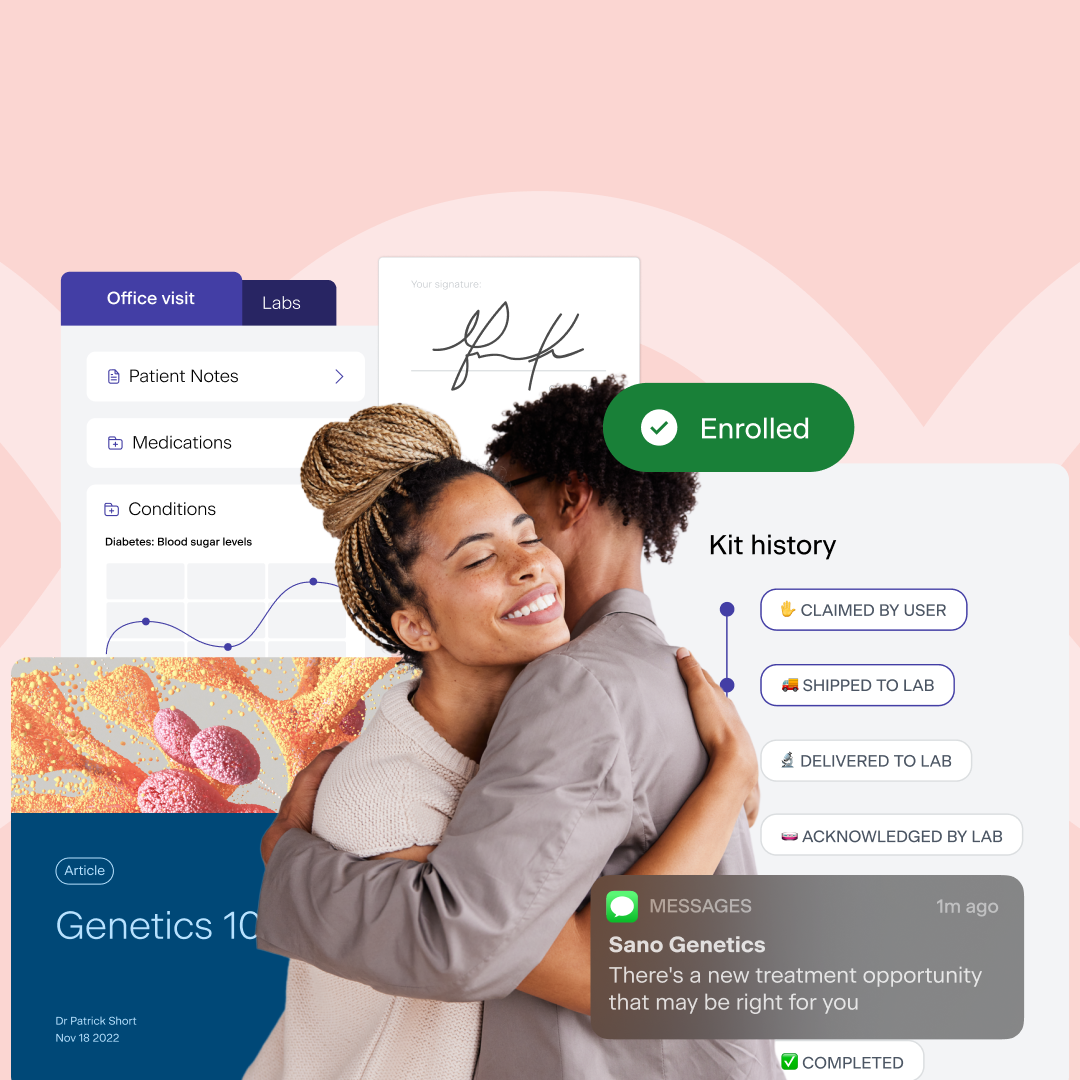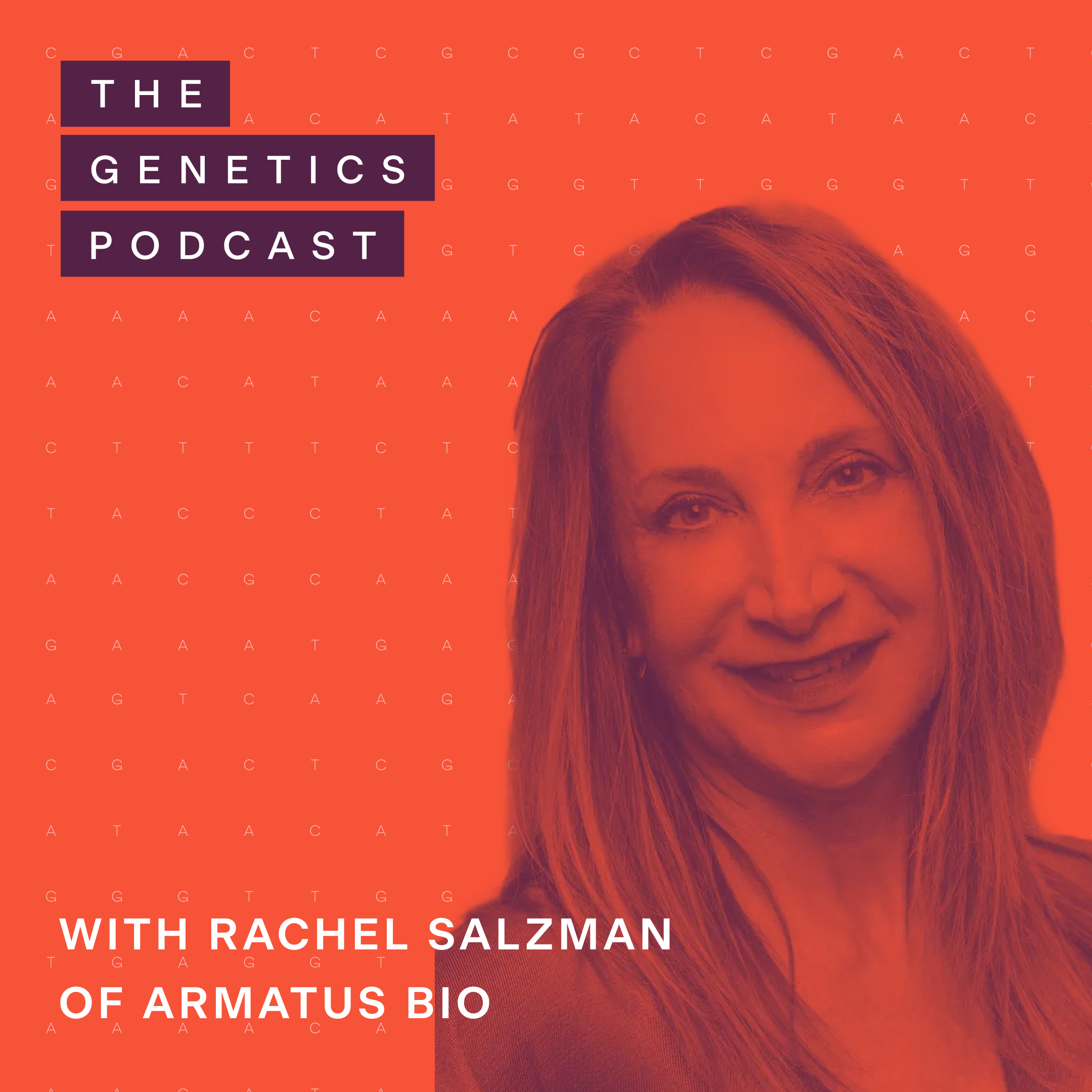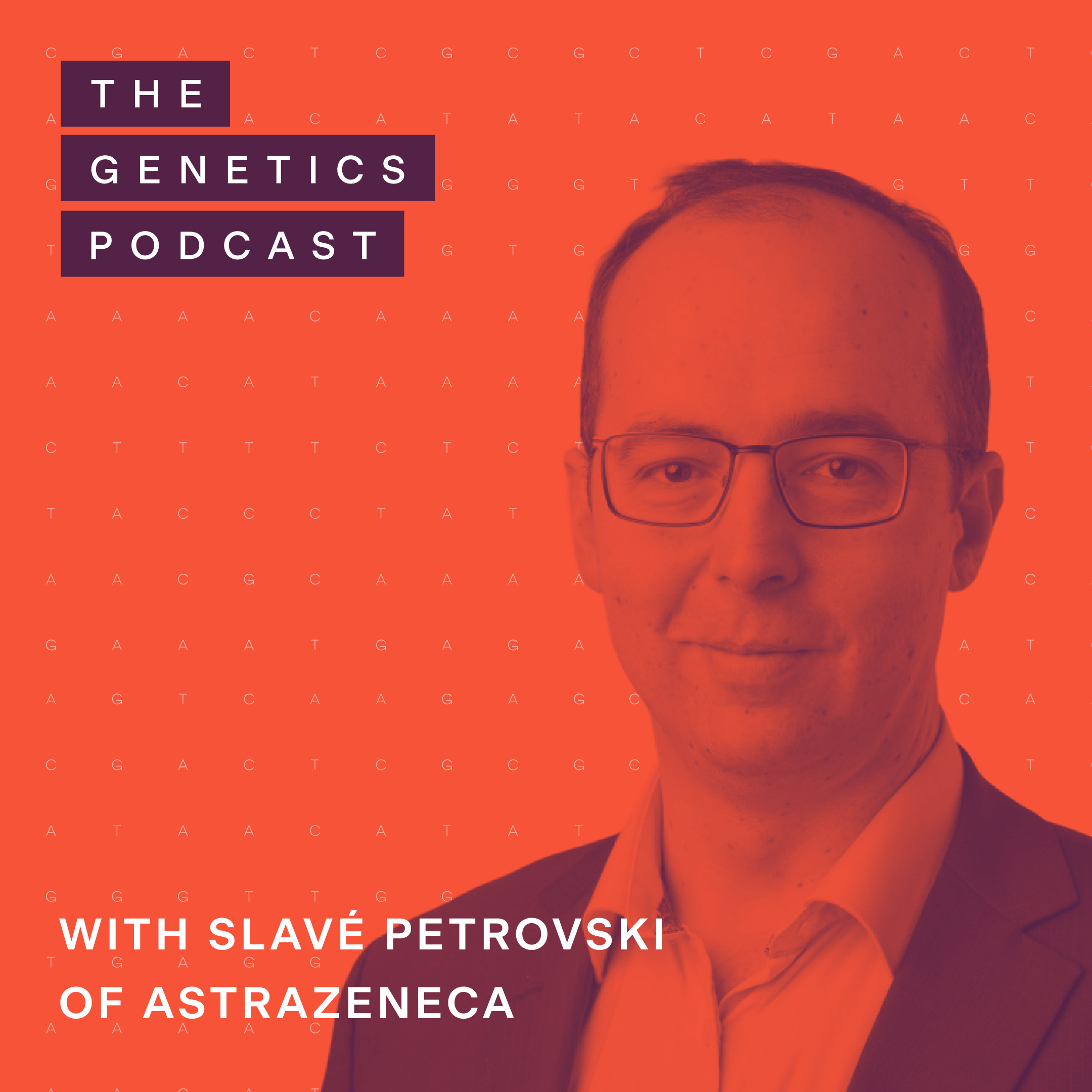Clinical research blog
Explore our blog for insights into the big questions in precision medicine and clinical research.
Regulatory expectations in genomics-driven drug development are evolving alongside scientific practice, clinical implementation, and policy. While formal guidance provides an important reference point, many of the expectations that influence regulatory review take shape earlier, through how data are generated, how patients are engaged, and how therapies are deployed in real-world settings.
In the latest episode of The Genetics Podcast, Patrick spoke with Lisa Gurry, Chief Business Officer at GeneDx. The conversation focuses on how GeneDx has built a scalable clinical genetics platform, how genomic newborn screening is being evaluated in real-world programs, and how large-scale genomic and phenotypic data improve interpretation and long-term patient care.
Over the past few years, several cell and gene therapies (CGTs) in precision medicine have received FDA Complete Response Letters (CRLs). As the agency increases transparency by making some of these CRLs public, the industry now has greater insight into the recurring issues that stall promising advanced therapy programs.
In the latest episode of The Genetics Podcast, Patrick spoke with Dr. Jeffrey Chamberlain, Professor at the University of Washington School of Medicine and Director of the Wellstone Muscular Dystrophy Center. Chamberlain has spent more than 35 years studying the dystrophin gene and advancing gene therapy for Duchenne muscular dystrophy (DMD). The conversation traces the early discovery of the gene, milestones in vector development, and the challenges the field must solve to reach consistent clinical benefit.
The FDA’s activity in 2025 reflected a mix of scientific progress and operational instability. Precision medicine programs benefitted from new draft guidance, renewed discussion of individualized approval pathways, and deeper engagement with small population trial design. At the same time, sponsors encountered late-stage reversals, shifting expectations, and constraints inside the agency. Together, these dynamics shaped how gene therapies and rare disease programs moved through development.
Recruitment for genetically stratified clinical trials is a critical bottleneck for sponsors. Identifying individuals with specific variants, building trust around complex therapies, and keeping people engaged throughout the process can create friction that slows progress.
In the last episode of The Genetics Podcast, Patrick spoke with Dr. Rachel Salzman, CEO of Armatus Bio, a biotech company developing vectorized RNA interference (RNAi) for autosomal dominant neuromuscular diseases. The lead programs target facioscapulohumeral muscular dystrophy (FSHD) and Charcot-Marie-Tooth disease type 1A (CMT1A), using AAV to deliver engineered microRNAs for long term silencing of disease genes.
Psychiatric precision medicine has been a promising area of research for nearly two decades, but only recently has data emerged that can influence real clinical trial design. In 2025, several developments suggest that stratification based on genetics, pharmacokinetics, and mechanistic biology is becoming more actionable. New genetic responder signals, validated EEG-based subtypes, and the first biomarker-enriched depression trial have pushed the field past its long-standing theoretical phase.
In the last episode of The Genetics Podcast, Patrick spoke with Dr. Slavé Petrovski, Vice President of AstraZeneca’s Center for Genomics Research. Slavé oversees one of the largest human genomics resources in industry and uses it to support target discovery, biomarker development, disease prediction, and other programs of work. The conversation covered his career path, how large biobanks change the questions we can ask, how to identify protective biology in populations, and why computational sustainability now matters as much as technological advances.
Spatial omics have revolutionized biomedical research in recent years. The use of spatial techniques unlocks cell-specific understanding of disease, which supports the development of precision therapies aimed at the right cells and pathways. This has been especially valuable in oncology, where cellular heterogeneity and cell-to-cell interactions influence tumor development and treatment response.










